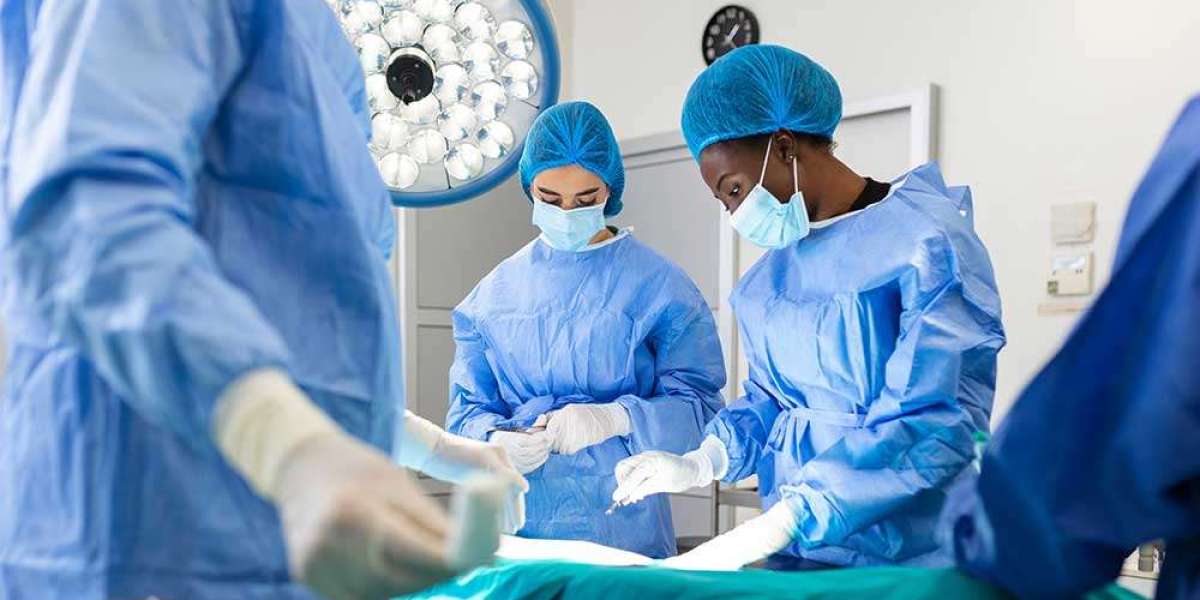The global cardiac surgery devices market, a critical segment of the medical device industry, plays a vital role in addressing the growing burden of cardiovascular diseases (CVDs). With millions of people affected by heart-related conditions annually, the need for advanced surgical interventions is greater than ever. However, despite this increasing demand, the market faces numerous challenges that hinder its growth and innovation. From regulatory hurdles to rising operational costs, the path to progress is riddled with complexities.
1. Regulatory and Compliance Barriers
One of the most significant challenges in the cardiac surgery devices market is navigating stringent regulatory frameworks. Regulatory authorities such as the U.S. FDA, European Medicines Agency (EMA), and others enforce rigorous testing, clinical trial protocols, and approval procedures to ensure patient safety. While these measures are necessary, they also create lengthy product approval timelines and increase the cost of innovation. Small and medium-sized companies, in particular, struggle to meet these demanding standards, often delaying market entry and reducing competitiveness.
2. High Cost of Devices and Procedures
Cardiac surgery devices, including heart-lung machines, valves, catheters, and defibrillators, are expensive to manufacture and maintain. Their high costs pose a challenge not only for manufacturers but also for healthcare providers and patients. In low- and middle-income countries (LMICs), access to these technologies remains limited due to budget constraints and lack of infrastructure. Even in developed regions, healthcare systems face financial strain in adopting newer, more expensive technologies without proven cost-benefit outcomes.
3. Reimbursement and Pricing Pressures
In addition to high manufacturing costs, manufacturers must contend with complex and often inadequate reimbursement policies. Insurance companies and government healthcare systems are increasingly scrutinizing pricing and reimbursement, focusing on value-based care models. If a cardiac device does not demonstrate significant improvement over existing alternatives or lacks cost-effectiveness, reimbursement may be denied or limited. This pressure affects profit margins and can discourage investment in research and development (R&D).
4. Technological and Innovation Challenges
While innovation is a cornerstone of the cardiac surgery devices market, it is not without obstacles. Emerging technologies such as minimally invasive procedures, robotic-assisted surgeries, and bioengineered valves are promising, but their development and adoption require substantial investment and clinical validation. Additionally, integration of digital health tools like AI and IoT into cardiac devices demands interdisciplinary collaboration, robust cybersecurity measures, and new training for healthcare professionals. Resistance to change and lack of expertise further slow down the transition to newer technologies.
5. Supply Chain Disruptions
The global healthcare supply chain has faced considerable stress in recent years due to geopolitical tensions, pandemics, and logistical challenges. For cardiac surgery devices, which often rely on precision components and sterile environments, supply disruptions can delay surgeries and compromise patient outcomes. A lack of local manufacturing in some regions exacerbates the dependency on imports, increasing vulnerability to transportation delays and trade restrictions.
6. Shortage of Skilled Professionals
Cardiac surgery is a highly specialized field requiring trained surgeons, technicians, and support staff familiar with advanced surgical devices. Many countries, especially in developing regions, face a shortage of such professionals. Even in advanced economies, retaining skilled personnel is a growing concern due to burnout, aging workforce, and limited training programs. Without the human resources to operate these sophisticated devices, even the best technology cannot fulfill its potential.
7. Ethical and Legal Considerations
Ethical challenges also emerge in this market, especially concerning device failures, data privacy (for connected devices), and informed consent. Legal issues, including product liability lawsuits and recalls, can damage reputations and incur massive financial losses for companies. Moreover, the increasing use of AI in diagnostic and surgical tools raises questions about accountability and transparency.
Conclusion
The cardiac surgery devices market stands at a critical juncture. While the demand for effective cardiovascular interventions continues to rise globally, the market must overcome a range of complex challenges to realize its full potential. Addressing these hurdles—through regulatory reforms, cost-effective innovation, strengthened supply chains, and investment in human capital—will be essential for sustained growth and improved patient care. Industry stakeholders, including manufacturers, healthcare providers, and policymakers, must collaborate to create a more resilient and accessible ecosystem for cardiac surgical care.







